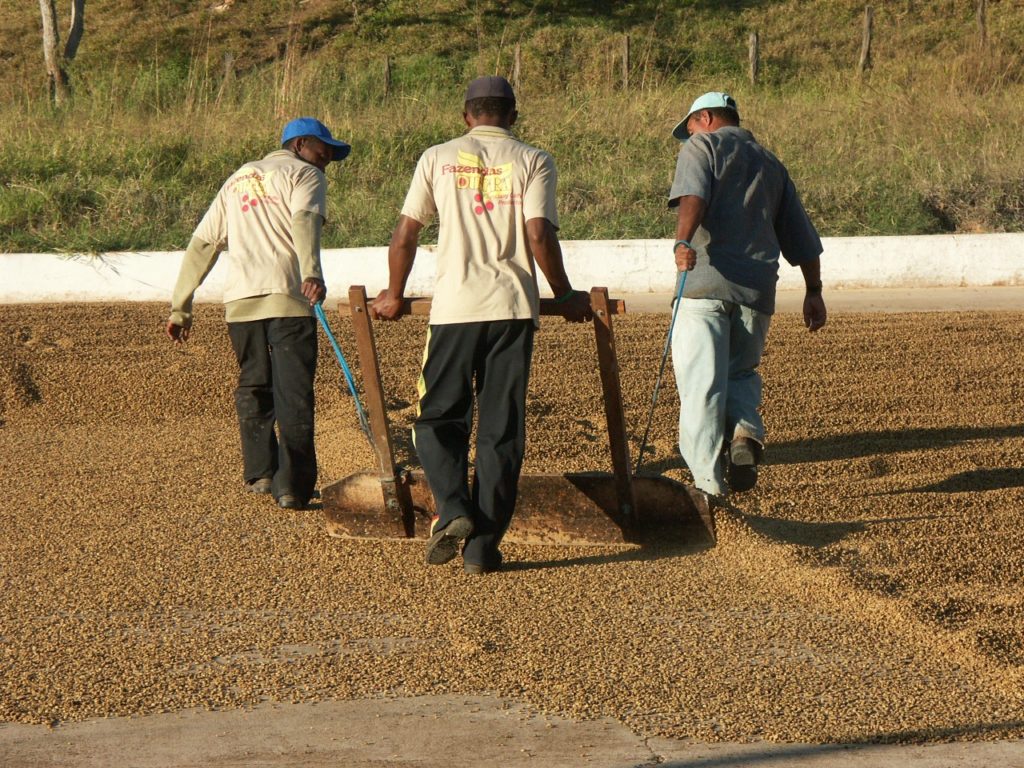Coffee has been a hot topic globally for decades. Growth and innovation in preparation, the emergence of numerous new roasters, innovative coffee shops, increased direct trade, increasing interest in home preparation and many other aspects make up this new coffee boom.
With the popularity of the barista championships, which have existed since 2000, the public – and consequently also the coffee industry – is increasingly interested in specialty coffee and the artisan preparation of luxury coffee. As a result, coffee is finally becoming more than just an invigorating elixir that keeps us awake and focused at work.
The competition is characterized by select coffee beans, special varieties and styles of preparation. For the first time, two species of coffee that were not C. Arabica received awards at the World Barista Championships. The two species, C. Eugenoides and a C. Liberica, can be the subject of another story!
New types of drinks and unique taste experiences are in demand and determine success or failure in the increasingly fiercely competitive market at championships, but also increasingly in high-quality specialty coffee shops and roasting plants. Consumers are looking for new taste experiences and stories for understandable and recognizable differences.
It is all the more astonishing for an industry in which almost every leaf is turned over for the tiniest innovation, that the subject of how coffee was originally processed has been criminally neglected for so long .
For a long time, only the washed (i.e. wet-processed) coffees were considered to be of high quality and special. This is also reflected in the traditional designations of the coffees as “WIP” (West Indian Preparation) for the “washed” export coffee and “RP” (Regular Preparation) for the “dry” prepared coffee, which mostly remained in the growing countries. A late holdover from colonialism for sure, but still firmly anchored in many minds of the coffee industry in both producing and consuming countries.
For some years, “naturals” have developed as the new secret stars of specialty coffees. With their high level of natural sweetness and their wild, broadly aromatic characters, they quickly gained a large following in the new world of coffee.
Incidentally, in Ethiopia, this type of processing was always the dominant one and was considered much more on par with washed coffee than in any other coffee-producing country.
Nine different anaerobic types of fermentation make up the vast majority in the food sector.
The “pulped naturals” also experienced a new appreciation, especially under the new term “honey preparation”, especially in the darker roasts, in which they still present an impressive sweetness. The repertoire of the differentiated sub-forms of this preparation, accompanied by a pure, clear, impressive sweetness, now ranges from “yellow honey”, to “red honey”, and “black honey”.
And what became of the washed coffees? They, too, lacked a new story, a new coat of paint, a new character. However, the coffee industry is very good at this – new names for well-known things in a new coat of paint or slightly different “light effects”. One of my favorite examples is the Ethiopian mochas, the wild unclassified coffee plants that have come to be referred to as “heirloom” – so hip and sexy now.
And where is ‘fresh paint’ for washed coffee and the fermentation that has always taken place in the coffee area? They have now received it as “anaerobic” fermentation or “carbonic maceration”.
Almost all fermentations are anaerobic, although many in the coffee industry do not know that, so that sounds good again. The “Carbonic Maceration” actually dates back to 1934 from the red wine processing in France in the Beaujolais – and came from experimental grape storage, which started fermentation after three months even without an oxygen supply.
It’s not really new, but it sells well, and the topic of fermentation would offer a huge playground to intervene significantly in the topic of coffee taste and create new, unique taste experiences.
In addition to aerobic (acetic acid fermentation), nine different anaerobic types of fermentation make up the vast majority in the food sector. It can be divided into spontaneous and controlled fermentations, and a distinction is made between the microorganisms that determine the fermentation and its degradation products.
A large group of bacteria and yeast has been used by mankind for thousands of years to produce numerous products such as bread, wine, beer, yoghurt, cheese, pickled vegetables and much more. The exciting thing is that almost all of these are controlled fermentations – there are only a few exceptions, and coffee is one of them.
Uncontrolled fermentation is probably one of the most significant weaknesses of coffee because a completely new coffee is created every harvest year – as a random product of microorganisms and fermentation processes.
The industry will benefit from more depth, eschewing the current practice of assigning lurid new names or emphasizing elements that are nothing special, like “anaerobic fermentation”. An approach that focuses more on science and less on marketing would be welcome.

